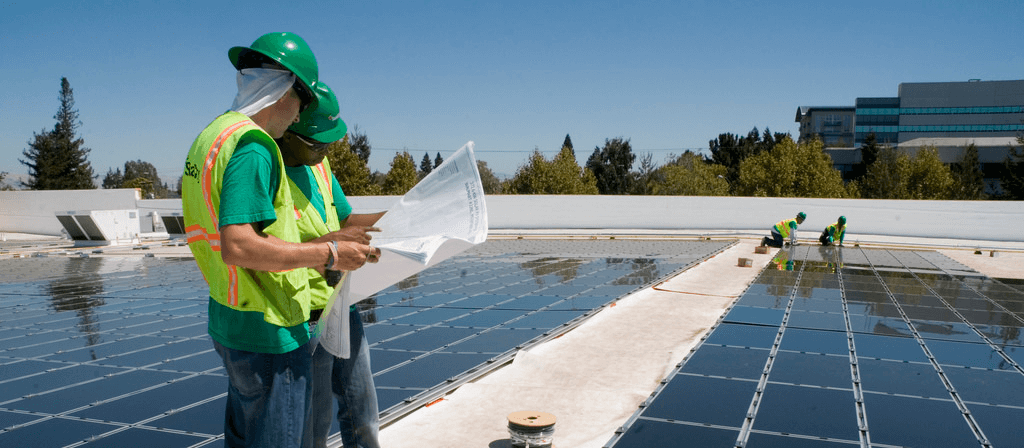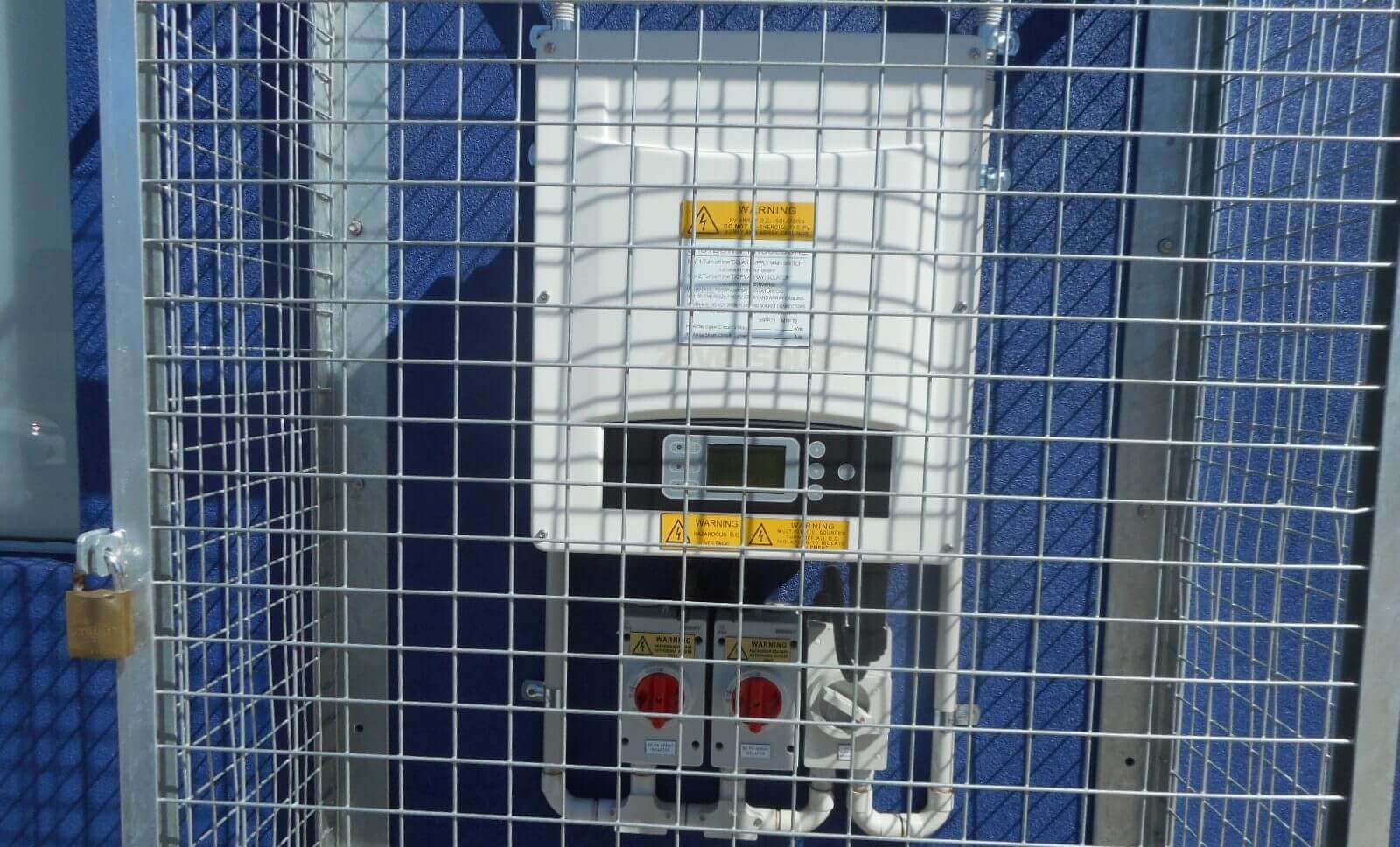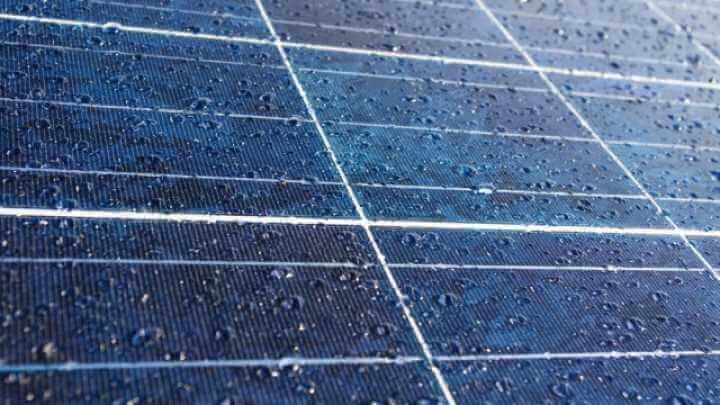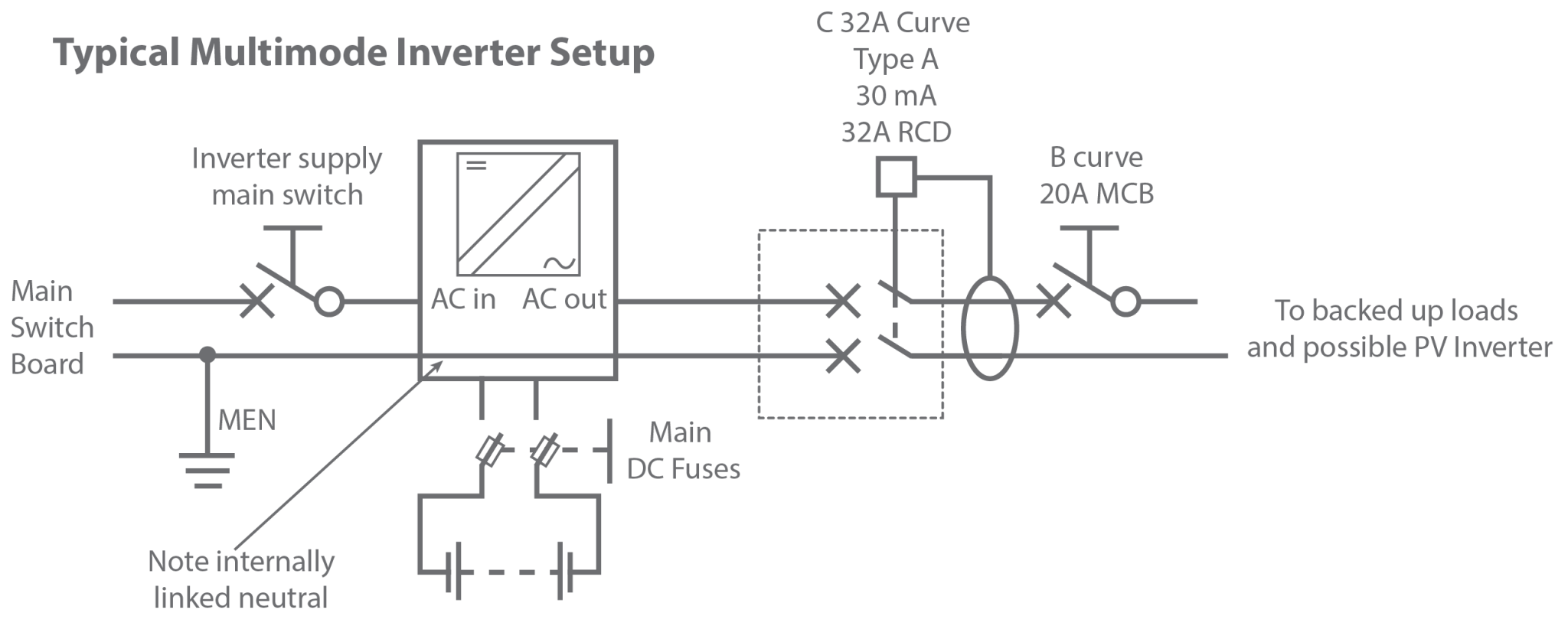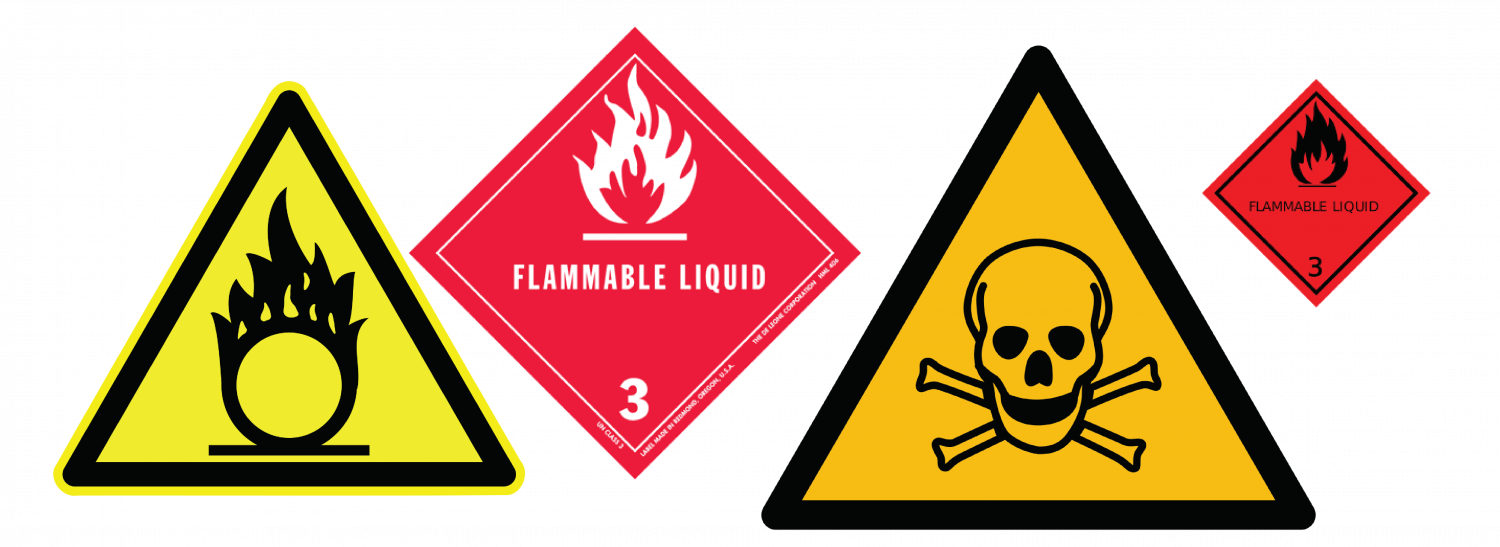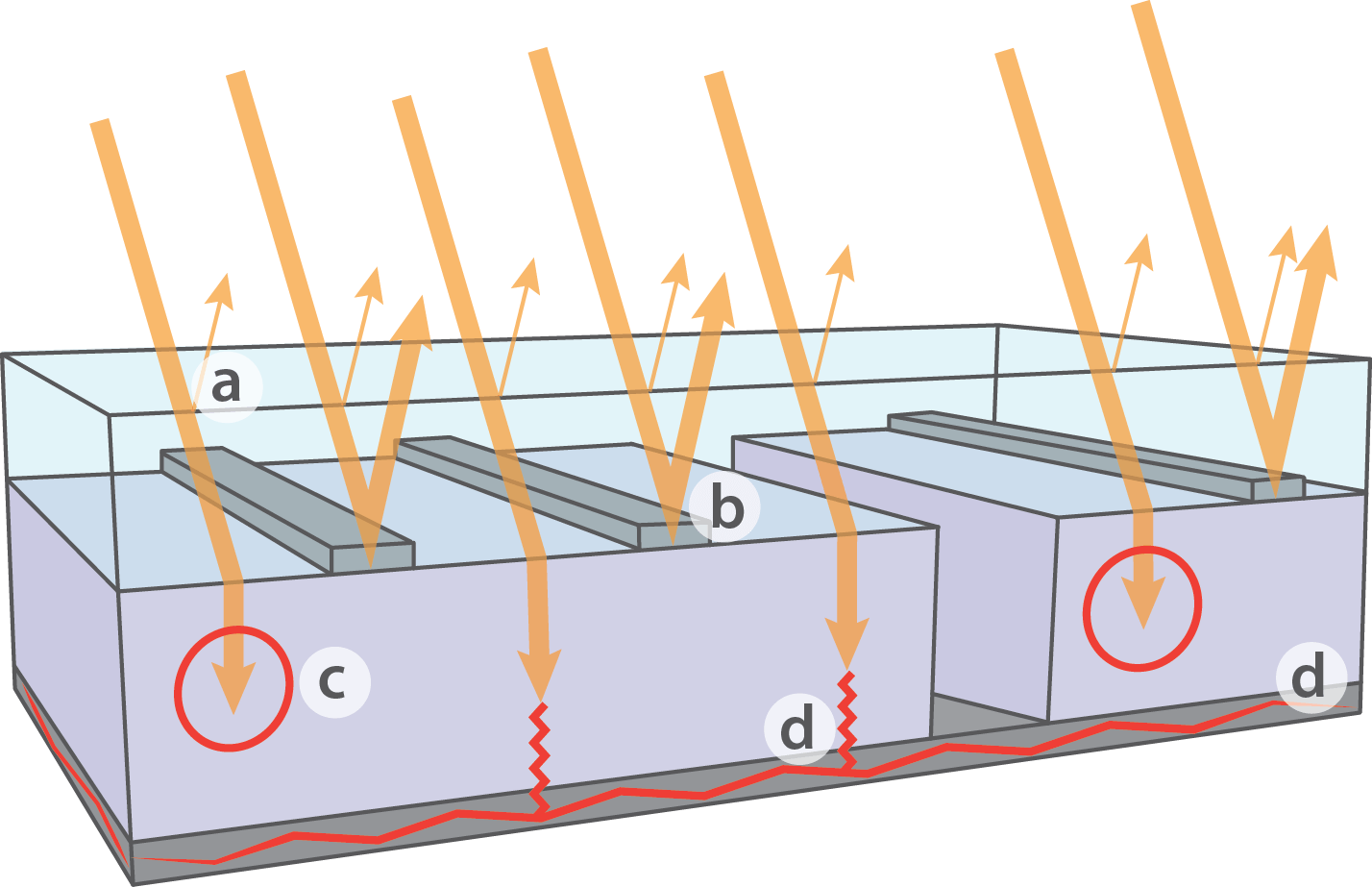The 2020 updates to the inverter Standard AS/NZS 4777.2 Grid connection of energy systems via inverters, Part 2: Inverter Requirements is now available. If you’re a solar professional, you’re probably familiar with the 2015 version of the Standard. In December 2020, the Standard was updated to reflect changing conditions in the industry. These changes could […]
Category: Standards
Blast from the Past: History of Training and Accreditation in Australia
Attendees at first course (above). Back Row: David Bartley, Rick Potter, Lindsay Hart, Bob McDonald Stephen Garrett, Ray Prowse, Ron Tito, Roger Bunyan. Front Row: Tony Egan, Peter Browne, Stephen Ingrouille, Geoff Stapleton Words by Ray Prowse, first executive director of SEIAA, and Geoff Stapleton, Director Global Sustainable Energy Solutions (GSES) The history of the […]
Getting down to earth: Earthing explained
In an electrical network, an earthing system is a safety measure which protects human life and electrical equipment. As earthing systems differ from country to country, it is important to have a good understanding of the different types of earthing systems as the global PV installed capacity continues to increase. This article aims at exploring […]
AS/NZS 5033 amendment drafts out for comments: What are the changes?
The draft of amendments to AS/NZS 5033:2014 Installation and safety requirements for photovoltaic (PV) arrays was released for public comment in early February 2018. The comments period will close on 15th March 2018. The draft amendment 1:2018 and draft amendment 2:2018 are available for download free of charge from SAI Global. Standards updates and amendments […]
AS/NZS 4777.1:2016 – Key updates to the standard and what they mean for installers
The latest version of the Australian and New Zealand Standard: Grid connection of energy system via inverters – Installation requirements (AS/NZS 4777.1:2016) was released on 30 September 2016. There is a transition period of 6 months, therefore this standard will come into effect at the end of this month (30th March 2017). AS /NZS 4777.1:2016 […]
Industry wide Improvement in Ingress Protection Safety Thanks to CEC Guidelines
Under the Renewable Energy Target (RET) requirements, solar photovoltaic (PV) power systems must be installed to relevant Australian standards and Clean Energy Council (CEC) guidelines in order to receive Small-scale Technology Certificates (STCs). To monitor this, the Clean Energy Regulator’s RET inspection program has been running since 2010 and the CEC review the outcomes of […]
Connection of Inverter Energy Systems to the Grid: New requirements surround residual current devices
The industry has seen rapid uptake of solar PV and energy storage systems connected to multiple mode, or ‘hybrid’, inverters and battery systems over recent months. This has prompted many questions from installers and designers regarding the connection of inverter energy systems to existing electrical installations. While many common questions regarding connecting IES systems can […]
Battery Storage Systems: What are their chemical hazards?
While consumer interest in battery storage systems continues, an issue often overlooked when discussing the pros and cons of battery storage systems is the chemical hazards associated with the battery technology and ways of managing these hazards. An array of battery chemistries is available on the commercial market, and the range of products continues to […]
Battery Charging on AC Coupled Grid Connected Battery Systems
The advent of Grid Connected Battery (GCB) systems in Australia has led to increased interest in coupling GCB systems with existing or new solar PV system to increase energy self-sufficiency. GCB systems can be connected to a PV system as a DC coupled system, where the PV array is connected through a charge controller directly […]
A Practical Guide to PV Efficiency
At the end of June 2016, the world record for efficiency of rooftop solar modules was broken again: the US-based PV manufacturing company SunPower achieved an efficiency of 24.1% for a monocrystalline silicon-based PV panel, over 2% higher than the previous record. This news came shortly after the announcement earlier in the month of Hanwha […]




